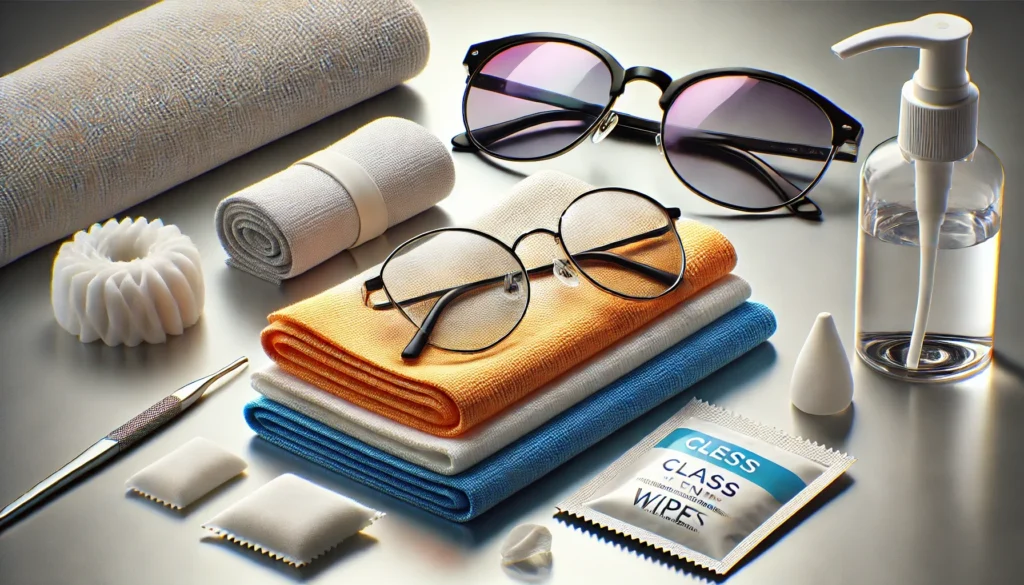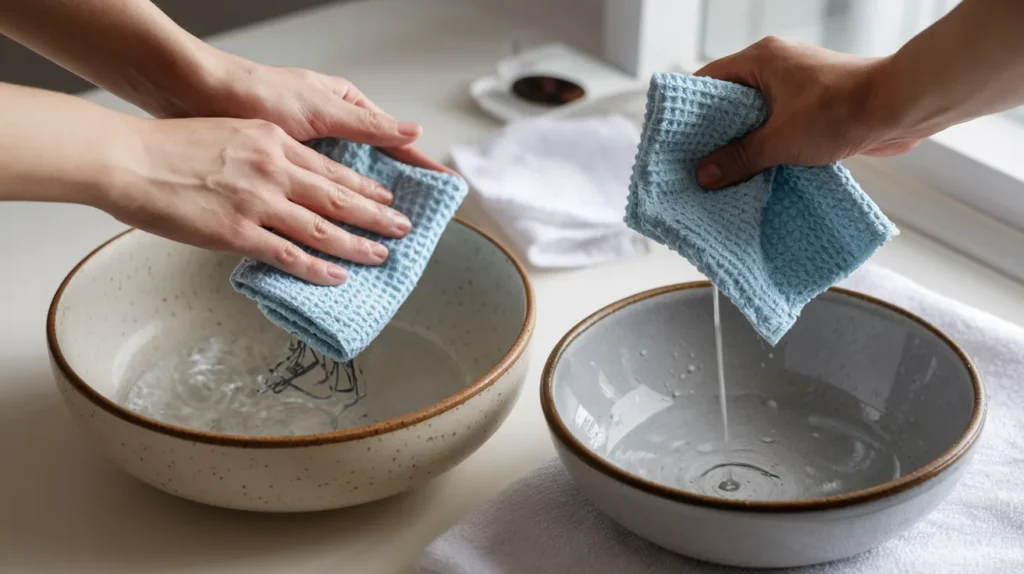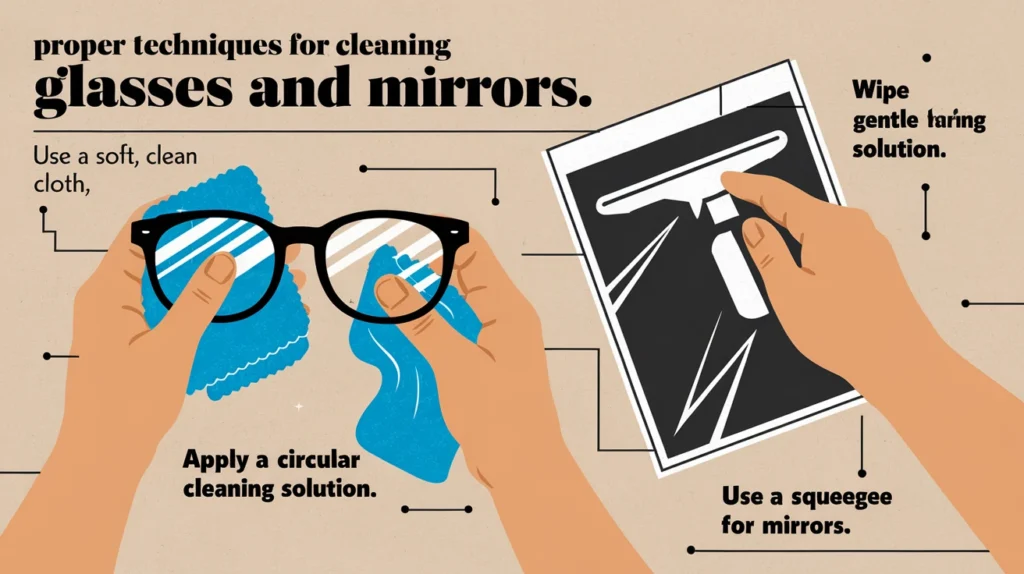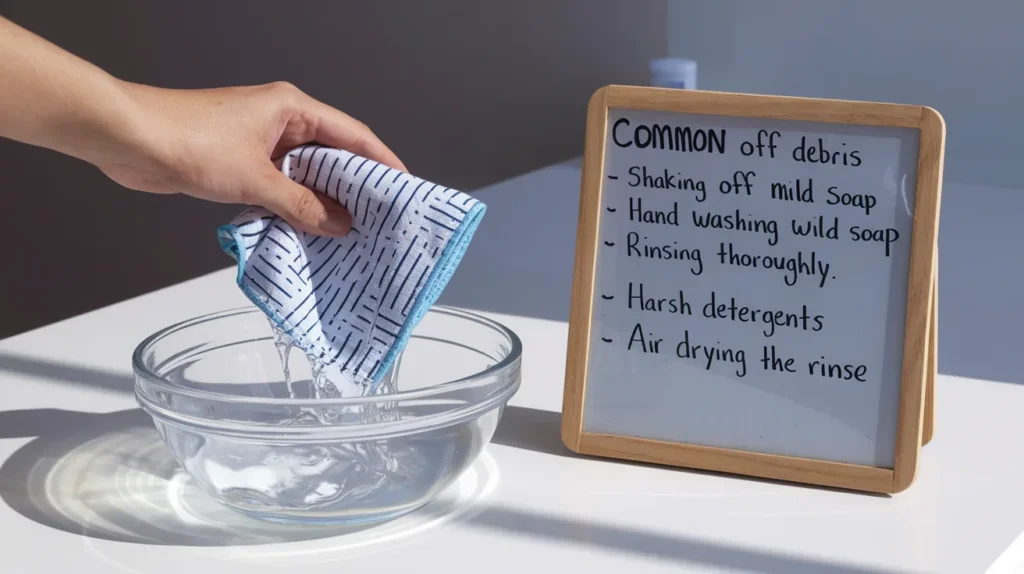Introduction
Keeping your glasses and mirrors spotless isn’t just about aesthetics—it’s about function too. Clean glasses mean better vision, while streak-free mirrors create a polished look for any space. But achieving this requires the right tools, and cleaning cloths are at the top of the list. In this guide, we’ll dive deep into everything you need to know about choosing, using, and maintaining cleaning cloths for glasses and mirrors.
Types of Cleaning Cloths for Glasses and Mirrors

Microfiber Cloths
Microfiber cloths are the gold standard for cleaning glasses and mirrors. Their ultra-fine fibers are designed to trap dirt and grease without scratching delicate surfaces. They’re soft, reusable, and versatile, making them a must-have for anyone who wants spotless results.
Cotton Cloths
While not as effective as microfiber, cotton cloths are a decent alternative for cleaning less delicate surfaces. They’re absorbent and gentle but may leave lint behind if not properly woven.
Disposable Lens Wipes
For on-the-go cleaning, disposable lens wipes are incredibly convenient. They’re pre-moistened with a cleaning solution, making them ideal for quick smudge removal. However, they’re not as eco-friendly as reusable options.
Choosing the Best Cleaning Cloth

Material Matters
When it comes to cleaning glasses and mirrors, microfiber is the clear winner. Its fibers are finer than a human hair, allowing it to pick up even the tiniest particles without scratching.
Size and Thickness
Choose a cloth that’s large enough to cover the surface you’re cleaning but small enough to handle comfortably. Thicker cloths are more absorbent, while thinner ones are better for precision cleaning.
Specialized Coatings
Some cleaning cloths come with anti-static or anti-scratch coatings. These are particularly useful for coated lenses or high-gloss mirrors.
How to Clean a Cleaning Cloth for Glasses

Step-by-Step Guide – Cleaning Cloths for Glasses
- Shake Off Debris: Before washing, shake out any loose dirt or debris.
- Hand Wash with Mild Soap: Use lukewarm water and a small amount of gentle detergent.
- Rinse Thoroughly: Ensure no soap residue remains.
- Air Dry: Lay the cloth flat to dry, avoiding direct sunlight.
Common Mistakes to Avoid while Cleaning Cloths for Glasses
- Using Harsh Detergents: Stick to mild soaps to prevent fiber damage.
- Skipping the Rinse: Soap residue can transfer to surfaces you’re cleaning.
Proper Techniques for Cleaning Glasses and Mirrors

Cleaning Glasses
- Use a dry microfiber cloth to remove dust.
- Apply a lens-safe cleaning solution and gently wipe in circular motions.
Cleaning Mirrors
- Spray a streak-free glass cleaner directly onto the mirror.
- Use a microfiber cloth to wipe in a zig-zag pattern, ensuring even coverage.
Tips for Maintaining Cleaning Cloths

How to Clean Cleaning Cloth for Glasses
Cleaning the cloth you use for glasses is just as important as cleaning the lenses themselves. Over time, cleaning cloths accumulate dirt, oils, and debris, which can transfer back to your glasses if not properly maintained. To clean your cloth, start by shaking off loose particles. Then, gently hand wash it using lukewarm water and a small amount of mild detergent. Rinse thoroughly to remove all soap, and allow it to air dry flat in a dust-free area. Avoid using fabric softeners or bleach, as they can damage the fibers and reduce the cloth’s effectiveness.
By keeping your cleaning cloth clean, you ensure optimal performance when wiping away smudges and dirt from your glasses. Regular cleaning not only extends the cloth’s lifespan but also protects your lenses from scratches caused by embedded debris. Remember, a clean cloth is the first step to crystal-clear glasses!
Storage Best Practices
Ensure your cleaning cloths are stored in a tidy, dry spot to maintain their quality. Avoid leaving them out where they can collect dust.
Extending the Lifespan
Wash your cloths regularly but gently. Avoid using fabric softeners, which can reduce their effectiveness.
Benefits of Using the Right Cloths
Using the appropriate cloth ensures scratch-free cleaning, prolongs the life of your lenses, and keeps mirrors crystal clear. A little effort that yields significant results.
Discover the best cleaning cloths for different surfaces in our detailed guide.
FAQs About Cleaning Cloths

- Can I use paper towels for cleaning glasses?
It’s not recommended, as they can scratch the lenses. - How often should I clean my cleaning cloth?
Wash it after every few uses to maintain effectiveness. - Are there specific cloths for coated lenses?
Yes, microfiber Cleaning Cloths for Glasses with anti-static properties are ideal for coated lenses, ensuring a streak-free finish. - Can I use the same cloth for both glasses and mirrors?
Yes, as long as it’s clean and free from debris. - What’s the best way to remove stubborn stains from cleaning cloths?
Soak them in a mixture of water and mild detergent before washing.
Other Related Blog
And if you’re interested in learning more tips and tricks for everyday wellness, feel free to check out my other blogs—they cover a wide range of topics to help you feel your best, no matter the situation!
https://whimsyfy.com/best-watch-brands-luxury-to-affordable-under-1000/
https://whimsyfy.com/can-headphones-cause-hair-loss-science-prevention/


